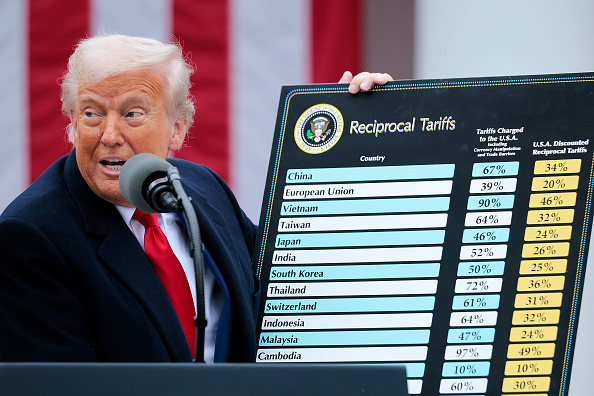Van vu Ngoc, vice-president of advisory firm Pickering Pacific, explains how to overcome potential pitfalls when conducting deals in the region.
China and Southeast Asia have established themselves in recent decades as vital parts of the world economy. Quite apart from their importance as a manufacturing base for companies in the West, their rapidly increasing wealth and respective populations of 1.3 billion and 570 million make them a crucial target market for ambitious businesses all over the world. They’re also becoming more important for higher-end activities, such as research and development.
Foreign companies are therefore looking for ways to boost their presence in China and Southeast Asia. In many cases, that requires the acquisition of local companies, but this isn’t as straightforward as you might think.
There can be problems at three points in the process: finding the targets in the first place, acquiring them from their owners, and finally integrating them into the acquirer’s organisation. Here’s some advice on the challenges posed by each of those three stages.
Finding the right targets
This part of Asia is diverse and complicated. It includes many emerging countries such as China, Indonesia, Vietnam, and Thailand where information about targets may be difficult to access. For example, finding an indication of the revenues of a target (a key point to determine whether a possible target is within an acceptable size range) can be a challenge. Private companies often file erroneous financials (often to limit their tax liabilities) and the level of information given by listed companies can be poor. Another obstacle is a relative lack of useful market research reports compared to what is available in Western Europe or the US.
The solution to these difficulties is most often to work on the ground. Much information can be found using local advisers, talking to the competitors, suppliers, and customers of potential targets and to the various other stakeholders, which might include ministerial departments, industry bodies or chambers of commerce. Cross-checking this information with what might be available publicly will yield a fairly clear view of the targets.
Completing the acquisition
Many target companies will be in the hands of families or owner-managers. It is not easy for these types of owners to part with their company. Culturally, a sale is often seen as a failure, a “loss of face” for the sellers. It is therefore important to craft an approach that takes this into account. For example, we approached a Taiwanese family owning a family group in China that one of our European clients wanted to acquire. Realising in advance the importance of the “face” issue, we arranged to be introduced to them by a well-known and respected Taiwanese businessman based in China. He knew the owners well and had already successfully sold a few businesses that he had created in China to foreign multinationals. His example helped convince the owners that selling could be honourable.
‘This part of Asia is diverse and complicated’
Another difficulty in completing the acquisition is timing. Western multinationals want to move fast to an agreement in principle and on the price, and then take their time to do the due diligence and the legal documentation for the transaction. Dealing with Chinese and Southeast Asian vendors often requires the opposite approach. It may well take time to convince them to sell at a certain price. However, once an agreement in principle is reached, the foreign acquirer should move as fast as possible (still performing all the proper steps, of course) to the completion of the deal. The sellers will otherwise tend to try to renegotiate the agreement in principle.
The challenge of integration
Integrating acquisitions is always tricky, and when there is a clash of cultures too, it’s even harder. Even within the same region, company cultures can differ widely. The acquisition can be perceived as a traumatic event for the employees, especially if job cuts are on the cards.
Acquirers should bear in mind that English is still not widely spoken in most parts of China and Southeast Asia. In a recent example in China, none of the top 20 managers in the target company spoke English despite the fact it was a fairly large company with a number of foreign customers. Cultural traits prevalent in the region such as deference to the authority of the boss may not work well within the culture of some foreign companies which seek to establish an open, participative culture where employees are expected to speak their mind spontaneously.
Careful attention to the integration and its cultural aspects, which starts with early and thorough preparation, is required to alleviate these difficulties.
Although acquisitions in China and Southeast Asia are not easy, they open new avenues of growth to companies undertaking them. An understanding of what is different in the region and, within it, between its constituent countries is key to successfully completing the acquisition of Chinese and Southeast Asian targets.
Related: Patience and cultural sensitivities two key drivers for dealing with Asian M&A partners






